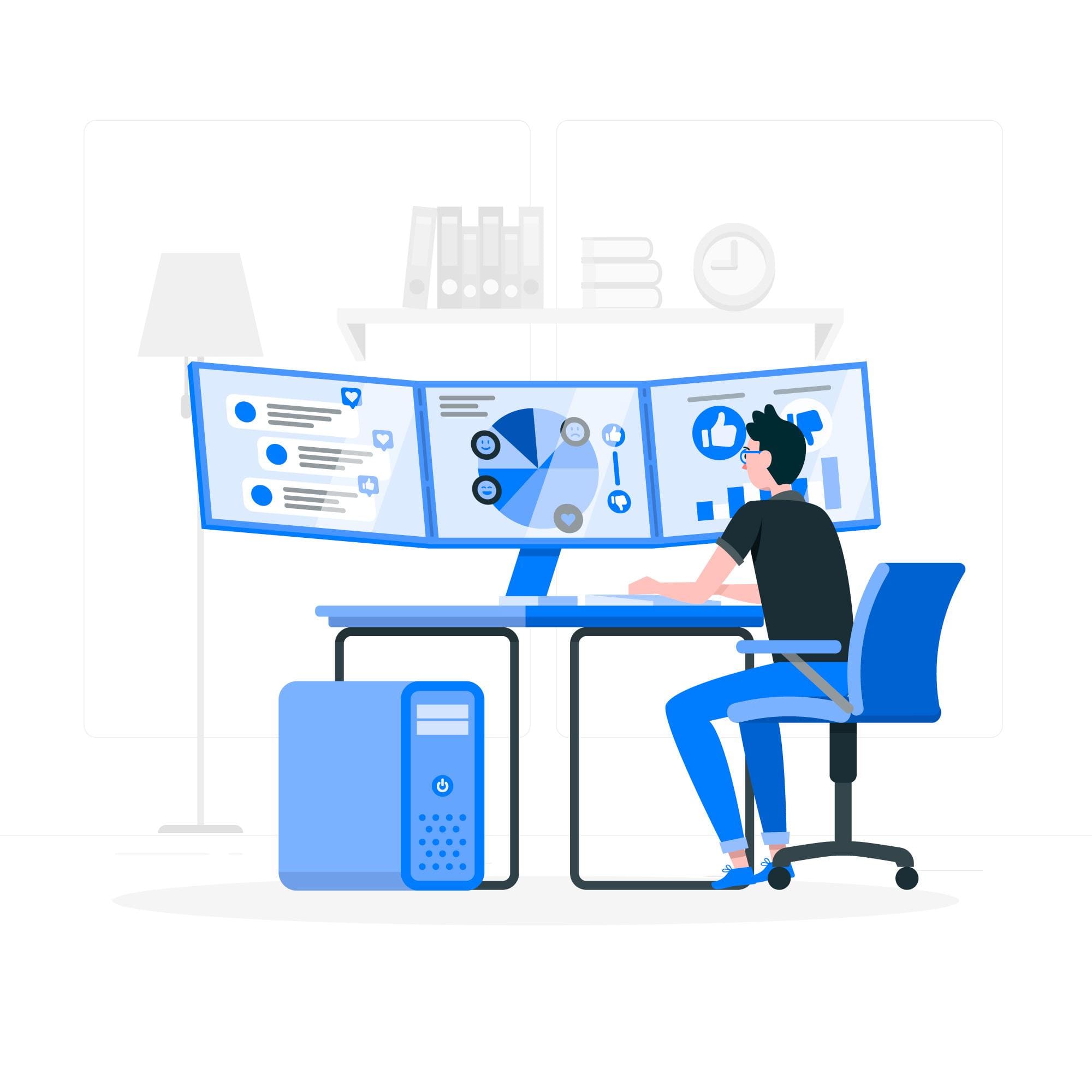Risk monitoring and control are crucial aspects of project management, aimed at identifying, assessing, and managing risks that may impact the project’s objectives. Here’s a detailed explanation of these concepts with examples:
Risk Monitoring
1. Risk Identification:
Continuously identify potential risks that could affect the project. Risks can be categorized as internal (related to the project) or external (related to the project’s environment).

2. Risk Assessment:
Assess the identified risks to determine their potential impact and likelihood. This process helps prioritize risks for further analysis and response planning.

3. Risk Documentation:
Maintain a risk register that documents all identified risks, including their descriptions, potential consequences, probability assessments, and risk owners.

Risk Control
1. Risk Response Planning:
Develop response plans for high-priority risks. Response strategies may include risk avoidance (eliminating the risk), risk mitigation (reducing the risk’s impact or likelihood), risk transfer (shifting the risk to a third party), or risk acceptance (accepting the consequences if the risk occurs).

2. Risk Implementation:
Implement the planned risk response strategies and closely monitor their effectiveness. Ensure that risk mitigation measures are executed as intended.

3. Risk Tracking:
Continuously track the status of identified risks, including changes in their probability and impact, and whether they have materialized into issues. Update the risk register accordingly.

4. Issue Identification:
Distinguish between risks (potential future events) and issues (events that have occurred and need to be addressed immediately). When risks materialize, they become issues that require appropriate actions.

5. Lessons Learned:
Document lessons learned from managing risks, both successful risk mitigations and instances where risks materialized. Use these lessons to improve risk management in future projects.

Effective risk monitoring and control are essential for ensuring that potential threats to the project’s success are identified and managed in a timely and efficient manner. By continuously assessing risks, implementing response plans, and learning from past experiences, project managers can minimize the negative impacts of uncertainties and improve project outcomes.




